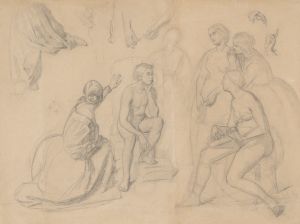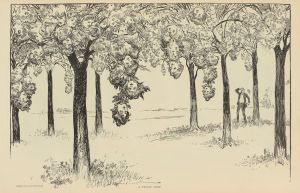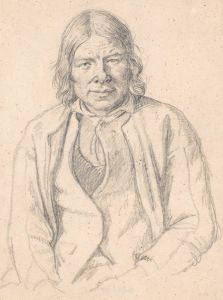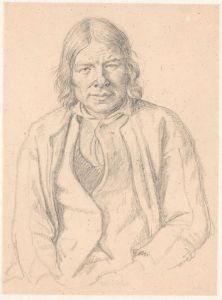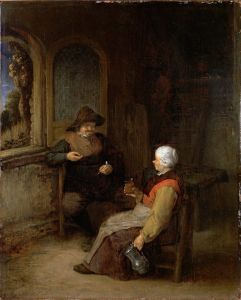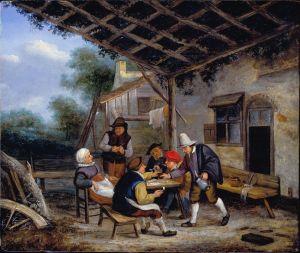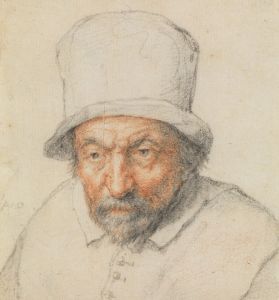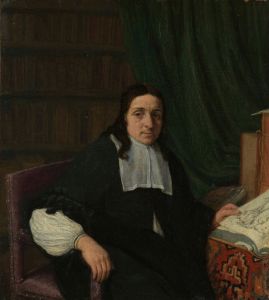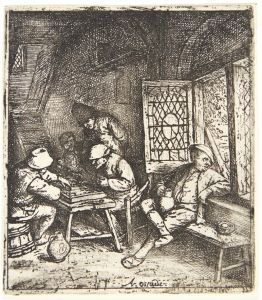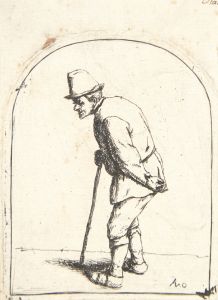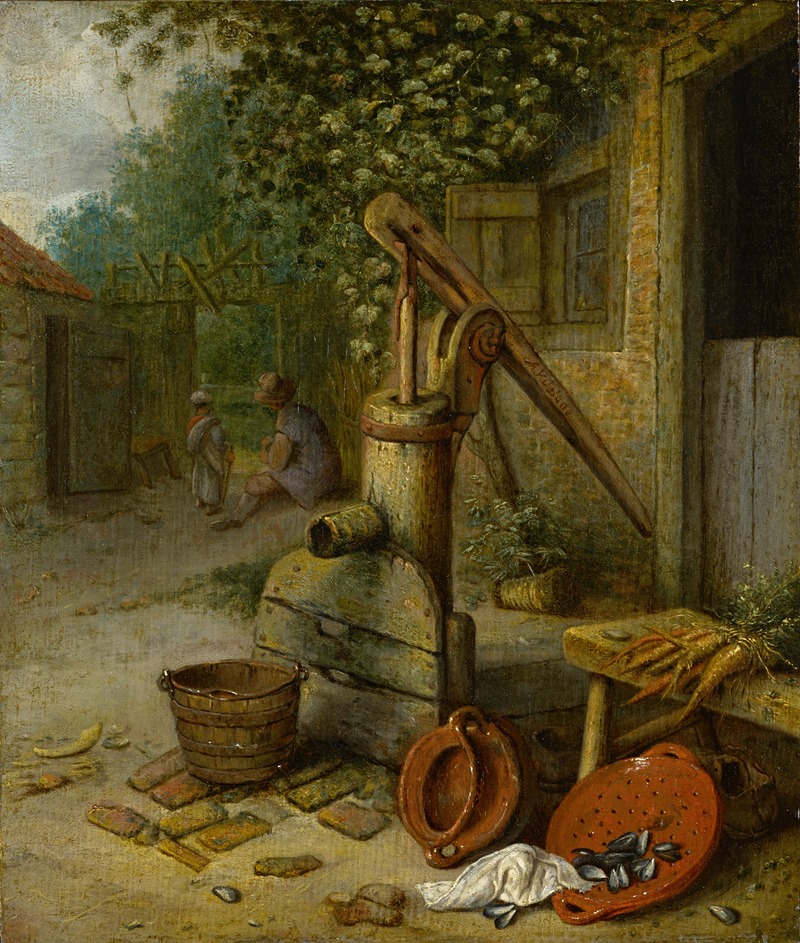
Court Of A Farm With Pump Well
A hand-painted replica of Adriaen van Ostade’s masterpiece Court Of A Farm With Pump Well, meticulously crafted by professional artists to capture the true essence of the original. Each piece is created with museum-quality canvas and rare mineral pigments, carefully painted by experienced artists with delicate brushstrokes and rich, layered colors to perfectly recreate the texture of the original artwork. Unlike machine-printed reproductions, this hand-painted version brings the painting to life, infused with the artist’s emotions and skill in every stroke. Whether for personal collection or home decoration, it instantly elevates the artistic atmosphere of any space.
Adriaen van Ostade was a Dutch Golden Age painter known for his genre scenes depicting peasant life. Born in 1610 in Haarlem, Netherlands, van Ostade was a contemporary of other notable artists such as Frans Hals and Rembrandt van Rijn. He was a student of Frans Hals, which influenced his early work, although van Ostade's style evolved to focus more on the everyday life of the lower classes, often with a humorous or satirical edge.
One of van Ostade's works, "Court Of A Farm With Pump Well," exemplifies his interest in rural life and the daily activities of peasants. Although specific details about this painting are limited, it is characteristic of van Ostade's oeuvre, which often includes rustic settings, earthy color palettes, and a focus on the mundane yet lively aspects of peasant life.
In "Court Of A Farm With Pump Well," van Ostade likely captures a scene set in a farmyard, a common setting in his paintings. The inclusion of a pump well suggests the depiction of a communal or domestic activity, such as drawing water, which was an essential part of daily life in rural communities during the 17th century. Van Ostade's attention to detail and ability to convey the textures and materials of the rural environment would have been evident in the rendering of the farmyard and its elements.
Van Ostade's paintings are known for their composition and the way they draw the viewer into the scene. He often used light and shadow to create depth and focus within his works, guiding the viewer's eye to the central action or figures. His characters are typically portrayed with a sense of individuality and personality, despite their often humble circumstances.
The artist's work provides valuable insights into the social and cultural aspects of 17th-century Dutch life, particularly the lives of peasants and the rural poor. His paintings are appreciated not only for their artistic merit but also for their historical significance, offering a window into the past and the everyday experiences of people during the Dutch Golden Age.
Adriaen van Ostade's influence extended beyond his lifetime, as he was a prolific artist with a large body of work that included paintings, drawings, and etchings. His works were collected by art enthusiasts across Europe, and he had a significant impact on subsequent generations of artists who admired his ability to capture the essence of rural life with both realism and charm.
Today, van Ostade's paintings, including works like "Court Of A Farm With Pump Well," are held in major museums and collections worldwide, where they continue to be studied and appreciated for their contribution to the genre of peasant scenes and their reflection of 17th-century Dutch society.





